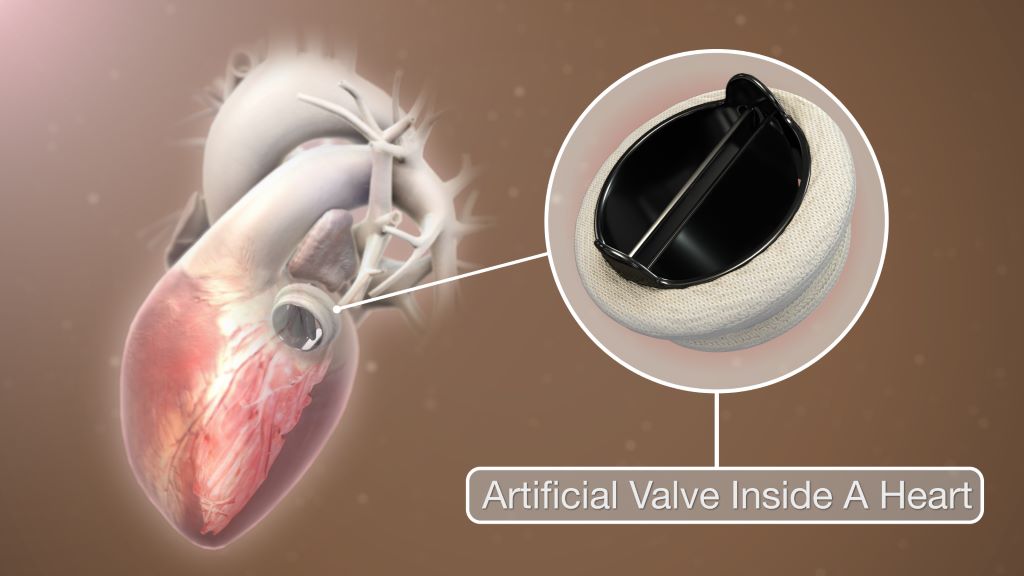Treating Newborns with HIV in 1st 48 Hours may Result in Medication-free Remission

An unexpectedly high percentage of children, who were born with HIV and started treatment within 48 hours of life, exhibit biomarkers by two years of age that may make them eligible to test for medication-free remission, according to a multinational study published in The Lancet HIV.
“Moving away from reliance on daily antiretroviral therapy (ART) to control HIV would be a huge improvement to the quality of life of these children,” said Protocol Co-Chair and senior author Ellen Chadwick, MD, at Ann & Robert H. Lurie Children’s Hospital.
Conducted in 11 countries including South Africa, the proof-of-concept study was charged with replicating the case of HIV remission as seen in the “Mississippi baby” that was reported in 2013. In that case, the infant started ART at 30 hours of life, was treated for 18 months, and achieved 27 months of ART-free remission before the virus rebounded. Typically, if ART is stopped, the virus rebounds within a month.
The study included a three-drug ART regimen initiated within 48 hours of life, with the fourth drug added within 2-4 weeks. This is very early treatment compared to the standard of care where three-drug ART may not begin until 2-3 months of age.
In the US, however, based on earlier findings from this study, very early treatment is now the norm for infants at high risk of acquiring HIV infection from their mother.
“With earlier treatment, we hope to limit or prevent the establishment of viral reservoirs in the body. These viral reservoirs hold small amounts of hidden virus which are hard to reach with ART. By shrinking these reservoirs, we expect to increase the amount of time that patients can be in remission, without needing daily ART,” said co-author and Protocol Co-Chair Jennifer Jao, MD, MPH, from Lurie Children’s.
Dr Chadwick adds: “Another benefit of smaller viral reservoirs might be that newer treatments such as long-acting antibody therapies or therapeutic vaccines could potentially be used instead of daily ART.”
“Our results show a higher percentage of children might be eligible to interrupt therapy than we expected, and the next step is to stop ART and see how many children actually achieve remission,” said Dr Chadwick.
“If even one child achieves remission, that would be considered a success. Today, newer more effective and better tolerated HIV medications are available for infants than when the study began, strengthening the prospect of limiting viral reservoirs and testing for possible remission in infants and children with HIV. Overall, this is an exciting advancement and an opportunity to change the course of pediatric HIV infection.”
The study was conducted in 11 countries – Brazil, Haiti, Kenya, Malawi, South Africa, Tanzania, Thailand, Uganda, USA, Zambia and Zimbabwe.
Source: Ann & Robert H. Lurie Children’s Hospital of Chicago










